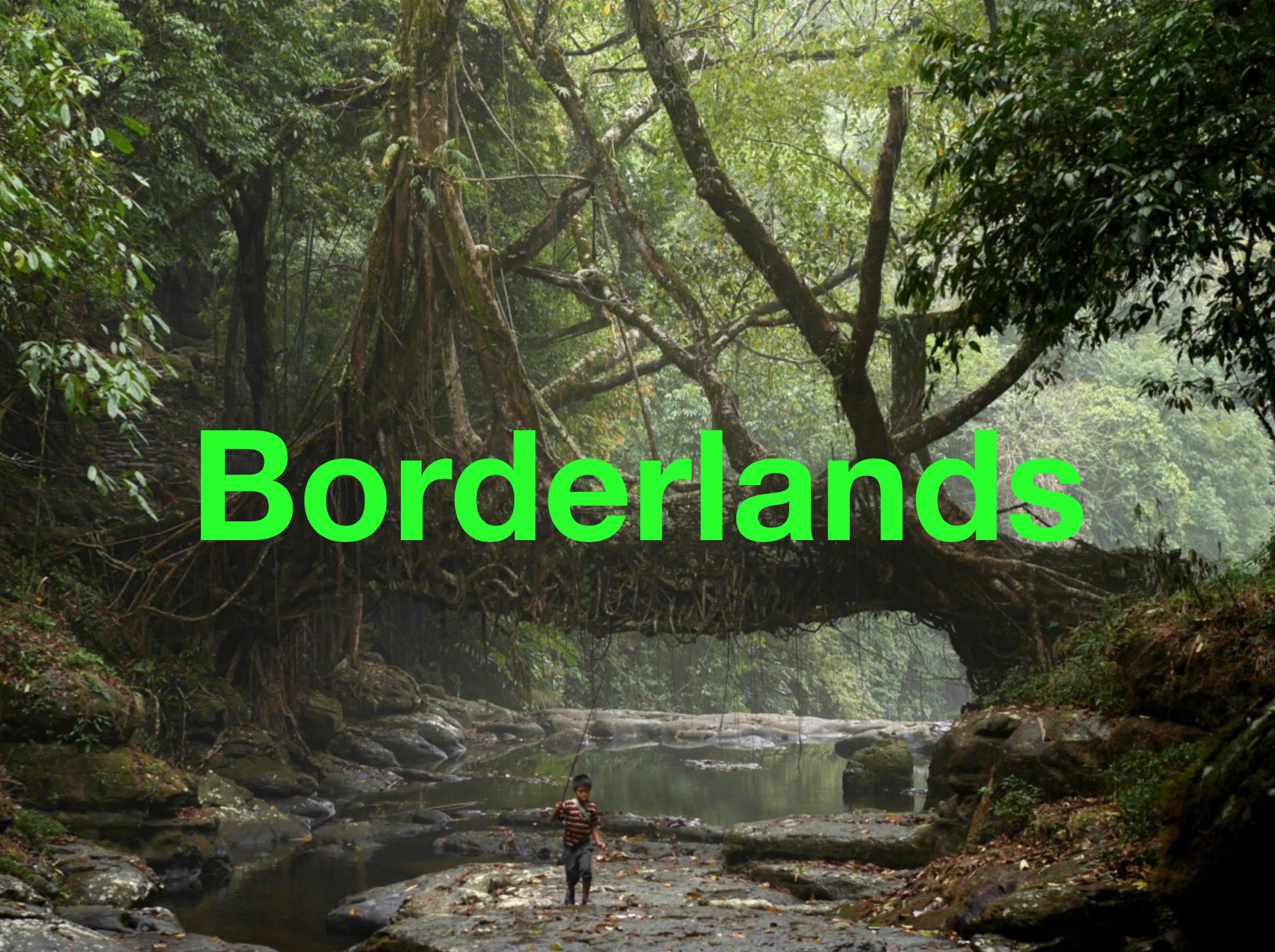
Unit 9
Apparata
Architecture as an Environmental Art
Architecture at its core is an environmental art. It alters and modulates the natural environment around it to create places that allow human life and culture to be able to thrive. But architecture is not a technical exercise. Rather, it is a cultural practice that frames everyday life and forms a part of the enriching role culture has in our collective lives.
In the light of the climate crisis we need a new economy and so a new architecture. One founded on knowledge from the past, both deep and recent, but also in formation today. It will be an architecture that looks for new forms for new, more social collective structures, and new languages that emerge from new uses and processes for ancient materials, and reassembly of existing building elements. In each case, choices and decisions are informed by the elimination of carbon as a liberating creative act. We cannot distinguish between high and low tech, but rather embrace each extreme, and avoid business-as-usual tech, middle-of-the-road tech. This architecture will be high performance, fabric first, and spatially powerful.
A key part of the crisis is that forests are still receding in Britain and around the world, and yet they still form our best way to combat climate change. This could be done through the protection, maintenance and planting of billions of hectares of trees world wide. A highly desirable future then is one where the forests expand and come into our everyday lives, deep into our cities.
This year we will work with the borders of forests, and design with their expansion. These will be forests that already exist in London, and forests in the UK’s potential new forest regions, which could/should become one of the most dense and diverse forests in Europe, though they lack a vision for how they might work with the everyday life that exists there. These are of course plans that run from tomorrow into the hundreds of years.
As forests and much of human activity have been mutually exclusive for thousands of years, and the driving of things in general into mono-functions and mono-cultures has become provably a failure, we became interested in the Welsh word Gororau, which roughly translates as borderlands. Where a border typically defines two different and distinct areas, Gororau defines a new overarching area which sits over the border and includes some of each side, recognising the unique and shared circumstances of being borderlands. This condition of being two things at once overlapping, both human development and forest expansion, is a key condition to the future.
Our definition of borderlands acknowledges that hard boundaries are not helpful, realistic or reflective of natural or social processes and patterns. Architecture that works has the quality of overlapping uses, allowing for the unexpected. Nature itself flourishes with the deep layering of entities, allowing for chance. The unit envisages a future where Britain is re-filled with woodland. Ancient woodland is expanded, temperate rainforest is restored, and biodiverse managed forests supply a UK-grown timber construction industry. We imagine collective life in new architecture, surprising new languages in ancient materials, selective high-tech devices supporting, connecting human life, and sustainably harvesting our natural resources.